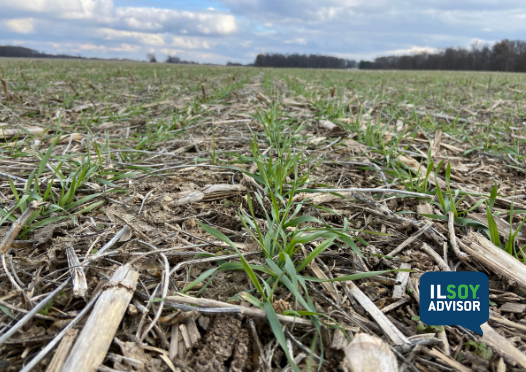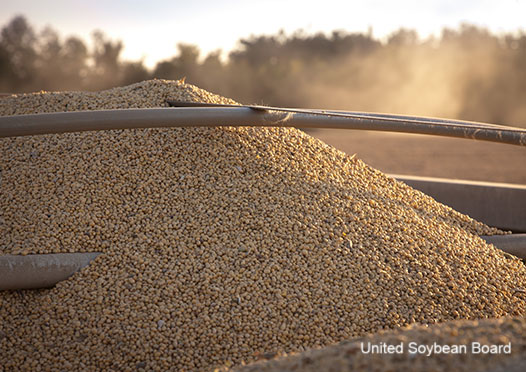ILSOYADVISOR POST
Does Technology Pay?
At the January 2018 Soybean Summit in Springfield, Ill., growers submitted these questions with their evaluation forms.
- What are the practices with the most ROI?
- Can you tell me about the success rate vs. cost of treatment?
- What’s the economic return on different practices?
- Does it pay? Growers that see responses to fungicide/insecticide performance vs. growers that don’t.
I realize these questions are basically one and the same: “What technologies work and provide a return on investment?” That is a big question. How do we know if the technology works, provides a yield increase and at the same time provides a return on investment that at least covers cost, but hopefully increases profit?
This is an important question and one I set out to answer this past winter during the Resilient Farmer Roadshow presentations. During this presentation series presented by the University of Illinois and ISA and funded by the soybean checkoff we discussed risk management and techniques to help farmers improve their profitability.
In preparation for and during the Resilient Farmer Roadshow, I discovered three things:
- It was hard to collect enough yield response data on a technology to be sure that it works.
- The cost of technologies, i.e., practices or products, is sometimes hard to come by.
- It is very difficult to find reference input and machinery costs for soybean production systems that cover all the practices and products growers are willing to use in their quest for high yields.
Finding the ROI
Return on investment for any product or practice is based on what it costs and the yield it returns. Some practices such as soil preparations and seeding methods are often necessary costs that don’t really factor in. However, seed and plant protection, weed control and fertility all do, and each should be planned with return on investment in mind. Remember the game is to make a profit, not just break even.
The first question you must ask is whether a technology improves yield enough of the time to be considered viable. Ask to see a piano graph of results which charts yield across many tests.

Not all technologies work 100 percent of the time, and sometimes older technologies can produce a better yield than a new technology. However, if it works 60 to 70 percent of the time and return is greater than cost, it is probably a good choice.
Determining cost includes both product and pass. A product many cost $15/A, but its application is another $5/A. Of course, if you are applying the product and tagging on another pass, such as herbicide or fungicide, you can ignore the cost of application. To determine if a technology is making a profit you must be able to gauge the per acre yield increase, multiply it by the price and subtract out the cost.
Buying treated soybean seed is common today and often mandatory with some seed brands. Is this a good investment that returns an additional profit? We know that seed treatment protects your expensive seed investment, enabling growers to reduce population and plant earlier, even into more marginal soils that house soil pathogens.
I did a survey of seed costs and possible return on investment. A basic seed treatment package (without ILeVO® or biologicals) costs about $13 a unit. Yield gains can range from 0 to 5 bu/A. At a bean price of $9.70/bu, it takes about 1.5 bushels to cover the cost. Any yield over that is profit.

I believe technology can pay. But you must feel comfortable that it will produce a yield response and that cost of the technology is reasonable considering the yield gains promised. You must do your homework to make sure.
All trademarks are the property of their respective owners.
Agronomist Daniel Davidson, Ph.D. posts blogs on agronomy-related topics. Feel free to contact him at djdavidson@agwrite.com.





Comments
Add new comment